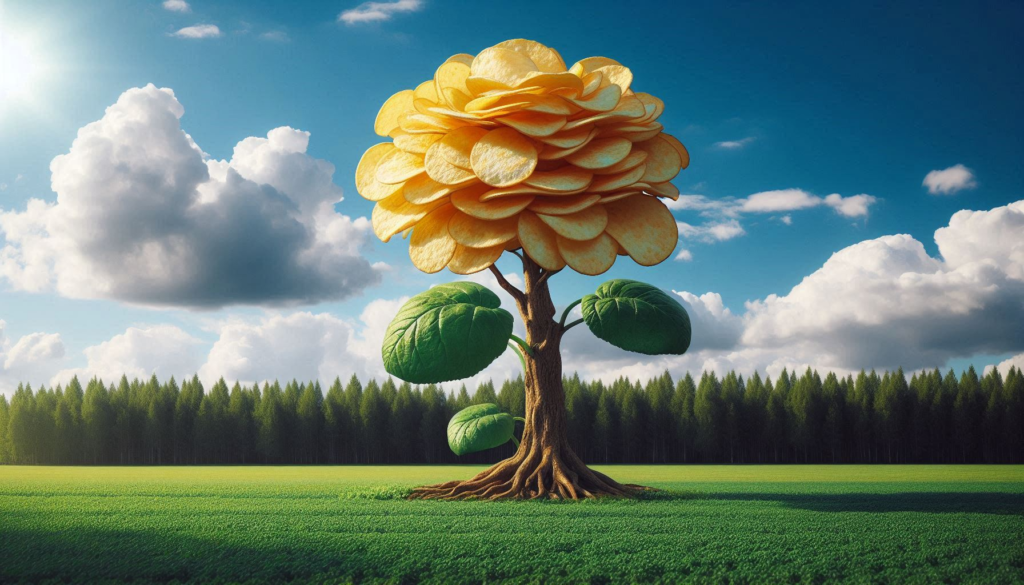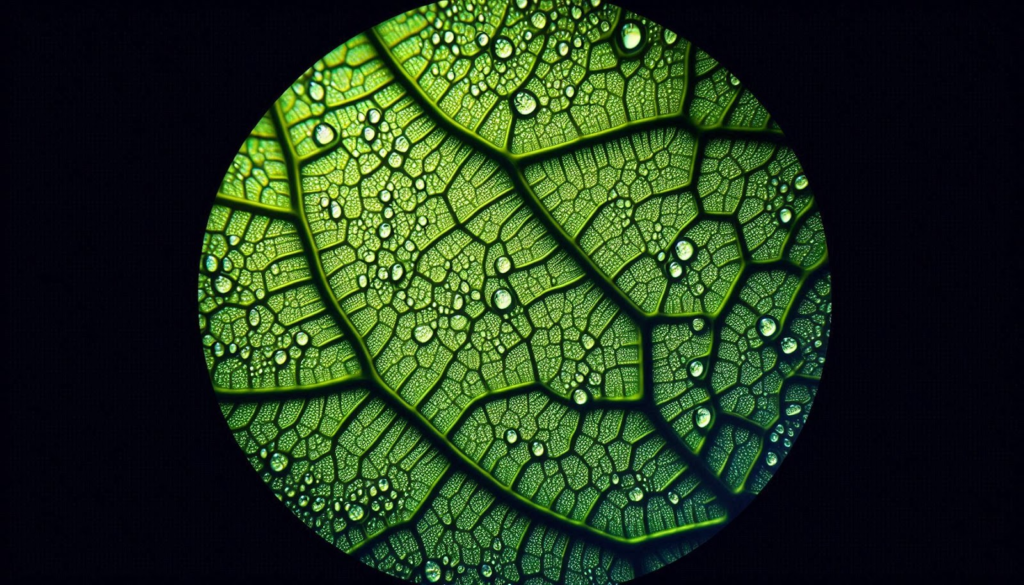You might be surprised to hear that one of the essential products that serves as a powerhouse of plants fueling development is starch. The question of what starch does for plants can be integrated.
Starch, which is a soft, tasteless powder with extra glucose that the plant stores, is insoluble in cold water and plays a crucial role in plant metabolism and human nutrition. When plants undergo respiration, they break down starch into reducing sugars like glucose, which they utilize for energy.
This blog will help to understand what starch does for plants in just 5 simple steps. Reading this will help us get more knowledgeable about these steps.

Step 1: What Starch is And What Location is it in plants?
Properly known by most, starch is a carbohydrate composite that serves as energy storage in plants and is synthesized in the chloroplast of the leaves (plastids) or compleamyloplasts, which are found in starch-storing tissues in plants.
The major significance of this product is to produce more carbon for photosynthesis and also store the primary energy that the plant uses. This stored starch can be broken down into smaller processes to enable plant biological processes like transpiration, growth, and reproduction.
This product is commonly found in various plant parts, including leaves, roots, seeds, fruit, rhizomes, and tubers. Again, mostly store this starch during the night when they prepare their food without light and assist young plants until there is light in the day for photosynthesis.
Step 2: Production of Starch In Plant Through Photosynthesis
Now that we understand starch functions and its location in the plant, it will be vital if the production processes of the scratch through photosynthesis are known. During photosynthesis or plant food preparation during the day, plants use their leaves to trap sunlight, through which the plant can convert water and carbon into sugar or glucose from solar energy.
This excess glucose that is obtained from this process is converted again to starch, where enough energy is stored for the plant for its life processes or activities. It also serves as a reserve food supply for the plant, stored for use during periods when photosynthesis isn’t possible, such as at night.
Step 3: Reasons for Starch’s Importance as an Energy Storage

Knowing the production of starch, let’s get the reasons why plant’s energy storage is in starch. Every organism has its ways of storing energy, the same as plants do. For them, their energy is stored or saved in starch.
Plants store their energy in starch due to the polysaccharide composed of glucose units, which are perfect for energy release when needed. It has a spiral shape that is held together by hydrogen bonds, making it compact and allowing for efficient storage in plants.
Again, Starch can be broken down into glucose easily through enzymatic processes, providing a quick source of energy. Starch can’t be dissolved easily in cold water and is quickly stored in plant tissues (xylem, phloem) rather than sugar (glucose). Additionally, its abundance in nature makes it a primary energy source for many organisms.
Step 4: Role of Starch In Plant Growth and Development
At this point, I hope you understand what starch does for plants. Having an understanding of plant energy storage in starch, let’s get knowledge on starch’s role in plant development and growth. Plants can perform their life processes through their preparation of food, which is a means of photosynthesis.
They use sunlight as a source of energy for their activities. In the absence of light during the night, how do the plants get energy to proceed with their processes? What starch does for plants?
That is where starch comes into consideration. The energy that was stored during the day or in the presence of sunlight in the starch is now used to power the plant to continue the process and help in its support of metabolic processes and promote growth, such as seedling establishment and seasonal regrowth.
Again, the impact of starch metabolism varies in most plants and has different functions. The metabolism process, which enables the starch to be crushed by enzymes into sugar, mainly sucrose, is transported to another part of the plant.
Some of these sugars are reconverted to starch in the tubers, seeds, and roots of different plants as storage starch. This explains why most tubers, rootlike vegetables, have so much starch in them.
Step 5: Starch’s Role in Human and Animal Diets
It will be vital if the role of starch in human and animal diets is also understood. Plant development is basically for human and animal consumption. All foods humans eat are from plants, and they help in human health and development.
In human nutrition, starch is found in various staple foods (rice, wheat, maize (corn), millet, sorghum), roots, and tubers (potatoes, cassava, and yams). And serves as a carbohydrate that the body breaks down into sugars for energy. This staple food includes rice, cassava, yam, and potatoes.
For animals, starch is also a crucial source of sugar, aiding in energy storage and metabolism. Food processing also uses starch as a thickening, filling, and binding agent.
Additionally, starch becomes a crucial food source for humans and animals when consumed, as it is digested and broken down into glucose molecules, fueling cellular respiration in their bodies.
In Summary
Now we have insight that starch is primarily produced in the green leaves of plants from excess glucose during photosynthesis during the day by sunlight. Its main function is to store energy for the plant, serving as a food source for the night.
This stored starch is crucial for plant survival as it can be broken down into sugars when needed. In addition, starch is significant in the diets of animals, providing them with a source of sugar. Animals utilize the enzyme amylase to digest starch. With this simple 5 step, I hope there is a clear insight into what starch does for plants.
The next time you see a plant, I hope you will be asking about the amount of starch stored for energy to perform life activities.





